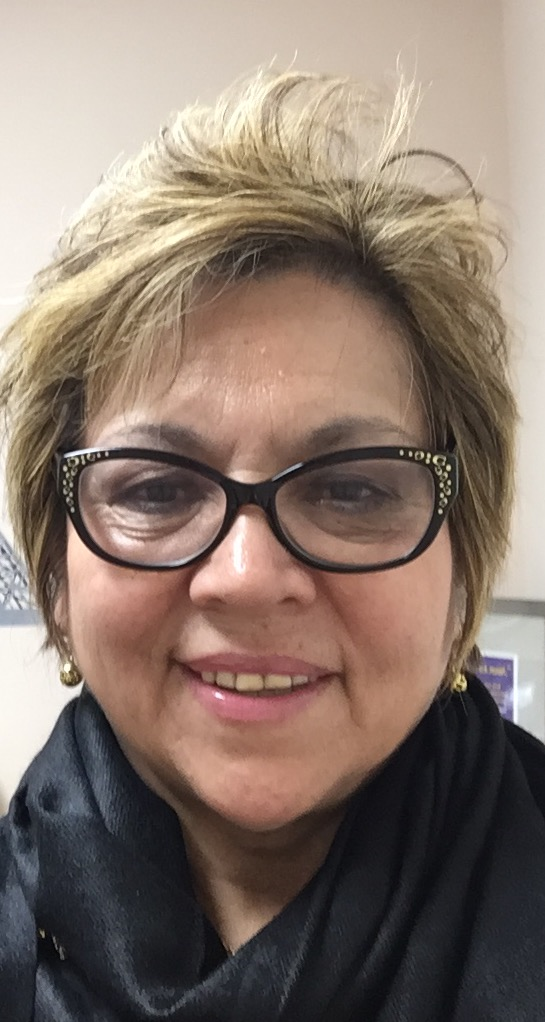Deborah Chasco, DNP, CCRN, CNS serves as Director of Nursing Informatics at UMC El Paso.
On Thursday, September 22, Ms. Chasco will speak on a panel at Becker's Hospital Review 3rd Annual Health IT + Revenue Cycle Conference. As part of an ongoing series, Becker's is talking to healthcare leaders who plan to speak at the conference, which will take place September 21 through September 23 in Chicago.
To learn more about the conference and Ms. Chasco's session, click here.
Question: Looking at your IT budget, what is one item or expense that has surprised you in terms of ROI? How so?
Deborah Chasco: One item or expense that has a surprising effect in terms of return on investment was the development of a global productivity/staffing model with patient acuity measures reflective of a ROI for sustainability with consistent measurable data elements. As an academic, teaching and safety-net hospital, the ROI has an impact throughout the organization. IT budgets are notoriously calculated and adjusted as a mass budget versus separating it into distinct segments.
For example, the ROI for the productivity/staffing/acuity model would need to depict several items to reflect a complete ROI. The ROI should reflect the following elements to facilitate a budget that is consistent with organizational change:
A. Mission-critical initiatives affecting day-to-day operations such as upgrades to interfaces, server replacements, software updates and cost of implementation and maintenance for the infrastructure throughout the organization
B. Quality or safety initiatives that are evidence-based and focused on nursing care and patient care outcomes with technology supporting practice
C. Strategic-critical initiatives impacting clinical and non-clinical workflows while enhancing efficient and effective operations (i.e. firewall enhancements, development of new service lines with technology support focusing on patient experiences and outcomes, etc.)
D. Research and development initiatives supporting new technology enhancements
Q: Finding top tech talent is always a challenge. Say a CIO called you up today to ask for an interview question that would distinguish the best candidates from the mid- to low-performers. What question do you suggest he or she ask?
DC: Distinguishing best candidates for nursing informatics or tech talent can be challenging. I would suggest asking the following question: Tell me about a time you had to make a critical decision and the outcome was not good. Why did you make that decision? If you had the opportunity to make this decision again, what would you do differently?
Q: We spend a lot of timing talking about the exciting innovation modernizing healthcare. It's also helpful to acknowledge what we've let go of. What is one form of technology, one process or one idea that once seemed routine to you but is now endangered, if not extinct? What existed in your organization two to five years ago but not anymore?
DC: Due to the technological advancement in modernizing healthcare, healthcare documentation (the transition to all electronic documentation with interoperability as a focus) has either eliminated or decreased the paper trail that once existed in healthcare. The communication and human interaction between patients or family and healthcare providers must be reinforced and maintained. Technology offers many solutions and tools to facilitate and improve processes and patient care. We must remember that patient care, human touch and communication cannot be replaced in our day-to-day professional interactions. Professional accountability to ensure hand-off communication, follow-up and the ability to ask questions as needed for transition of care cannot be underemphasized. Electronic systems and technology can improve processes. They cannot replace human interaction.
Q: Tell us about the last time you were truly, wildly amazed by technology. What did you see?
DC: We have implemented several processes, devices and customized orders to decrease the use of mass transfusion based on evidence-based practice and research to include angiographic arterial embolization with the following: argon beam coagulator, aquamantys, cell salvage, hemodilution, non-invasive hemoglobin monitoring or cerebral oximetry monitoring, tranexamic acid and Amicar. We were able to utilize these devices to assist with decreasing the use of blood products in mass to facilitate patient care. With the capability of customizing electronic documentation, orders were able to be built within the electronic medical record quickly to facilitate improved patient care.

